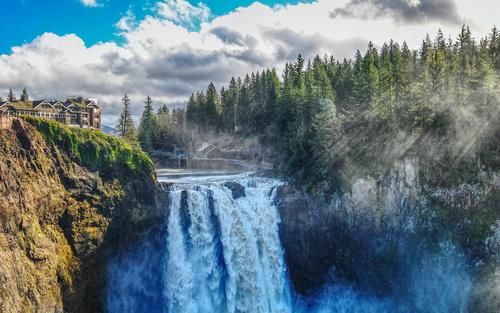The Solar System – one of the most fascinating and intricate systems in the universe, is home to eight planets, multiple moons, and countless other small celestial objects. While most of us are familiar with the basics of our planetary neighborhood, there are several little-known facts that could leave you surprised and amazed. Let’s delve deeper into the Solar System and explore some of these interesting tidbits.
1. The Sun makes up 99.86% of the Solar System’s mass
The Sun is the largest and most massive object in the Solar System, accounting for nearly 99.86% of its total mass. In comparison, the eight planets, together with all the dwarf planets, asteroids, and comets, make up only 0.14% of the total mass. To put that into perspective, Jupiter – the largest planet in the Solar System, is only 0.1% of the Sun’s mass.
2. Neptune is the windiest planet in the Solar System
While Jupiter may have the largest and most intense storms in the Solar System, it’s Neptune that takes the crown for being the windiest planet. With wind speeds reaching up to 1,400 miles per hour, Neptune’s winds are the fastest recorded in the Solar System. The reason for these intense winds is still not fully understood by scientists, but it’s believed that the planet’s deep atmosphere and eccentric orbit contribute to this phenomenon.
3. The Asteroid Belt is not as dense as we think
The asteroid belt – a region of space between Mars and Jupiter that’s home to millions of asteroids, is often portrayed in movies and pop culture as a dense and crowded area full of rocks colliding with each other. However, the reality is far from this. While the asteroid belt may contain millions of objects, they are so widely spaced that you could travel through it without ever coming close to an asteroid.
4. Uranus spins on its side
Uranus is one of the most unique planets in the Solar System, not just because of its blue-green color but also because of its peculiar spin. Unlike other planets that spin on an axis perpendicular to the plane of their orbit, Uranus spins on its side, making its poles face the Sun directly at some points in its orbit. Scientists believe that a giant impact early in its formation could have caused this unusual orientation.
5. Pluto is not a planet, but it’s still fascinating
In 2006, Pluto was officially reclassified as a dwarf planet, much to the disappointment of many space enthusiasts. However, this small celestial object still holds a lot of mysteries waiting to be uncovered. For instance, Pluto has a heart-shaped glacier, a tenuous atmosphere that collapses and re-forms with the seasons, and multiple moons, including one that’s almost as large as Pluto itself.
Conclusion
The Solar System is full of surprises, and these five little-known facts are just a small sample of what’s waiting to be discovered. As we continue to explore and study this vast and complex system, we will undoubtedly uncover more mind-boggling facts that will astound us and deepen our understanding of the universe we live in.
(Note: Do you have knowledge or insights to share? Unlock new opportunities and expand your reach by joining our authors team. Click Registration to join us and share your expertise with our readers.)
Speech tips:
Please note that any statements involving politics will not be approved.
